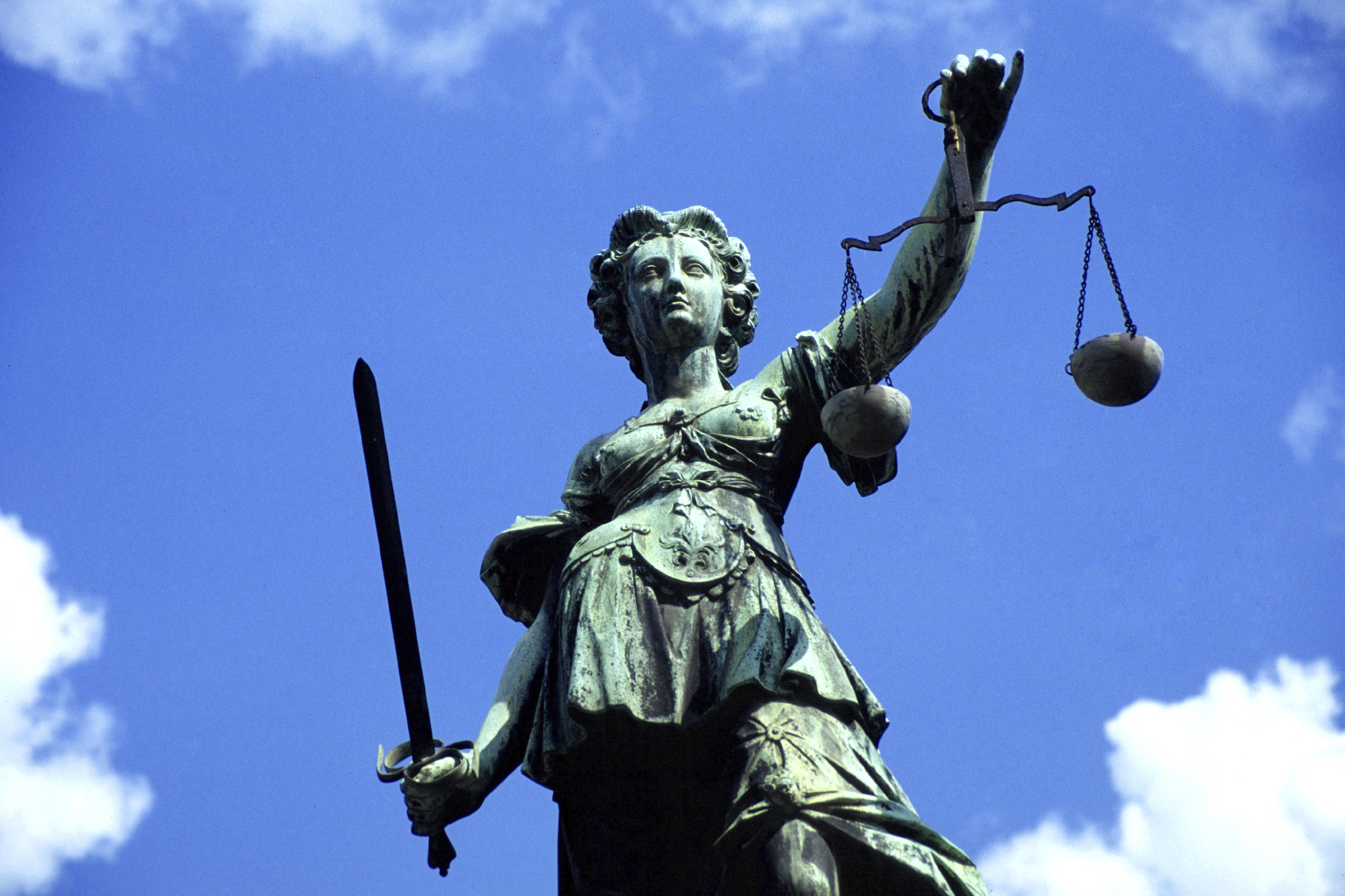

New procedural rules adopted by the European General Court
October 07, 2015
Categories:
Post date:
7. October 2015 - 10:49
On 1 July 2015, the European General Court (EGC) adopted new Rules of Procedure which replace the Rules of Procedure of 1991.
The new Rules of Procedure have been adapted to the reality of proceedings currently brought before the General Court. It is now a clear distinction between the three main types of action;
1. Direct actions, in which preliminary issues, applications to intervene and applications for confidential treatment are especially numerous.
2. Actions in the field of intellectual property.
3. Appeals against decision of the Civil Service Tribunal.
The intention is to make the procedure more efficient by simplifying the 1991 Rules and thus strengthening the General Court’s capacity to deal with cases within a reasonable time and in accordance with the requirements of a fair trial. In addition, some new rules have been implemented e.g. confidentiality of the information and material produced before the Court and the creation of a Vice-President.
This is good news for anyone appealing an OHIM Board of Appeal Community trade mark or design decision to the EGC.
For intellectual property matters the following changes have been made:
- Delegation to a single Judge One of the main changes is the extension of the scope of the regulations relating to a single Judge so as to also apply to intellectual property cases. This means that where the question of law or fact to be heard are quite straightforward or the case is considered of limited importance, the case will be determined and heard by the Judge-Rapporteur sitting as a single judge.
- Simplification of the language determination The applicant will choose the language of the intellectual property case if no objection is received in due course. In case of an objection, the language will be the language of the contested decision of the OHIM Board of Appeal.
- New regulation on replacement of a party and submission of a cross-claim If an IP right affected by the proceedings has been transferred to a third party; this third party is now allowed to apply to the General Court to step in instead of the original party. Chapter 3 regulates the content, time-limit and response to a cross-claim.
- Simplification of the written procedure On the contrary to the 1991 Rules, only one single round of pleadings will now be allowed. In addition, it is established in the new rules that the Court set’s the maximum length of the written pleadings.
- Shorter legal time-limits An application to intervene may only be submitted within six weeks of the publication of the notice of the action in the Official Journal of the European Union. The time limit for a hearing request is now three weeks from the notification to the parties of the closure of the written part of the procedure.
- The General Court can rule without an oral hearing There is no longer a demand for an oral hearing in direct actions if none of the main parties has requested a hearing and if the Court considers that it has sufficient information available from the materials of the file.
- Transitional period Some of the regulations from the Rules of Procedure of 1991 still apply to proceedings brought before the entry into force of the new rules (1 July 2015).
Related
- "Neuschwanstein" is not a trademark!
- 1 December 2017: Madrid Monitor takes its place as the one and only tool for tracking international trademarks
- 1 January 2020 - Changes in Classifications - Trademarks, Designs, Patents and Utility Models
- 100th Anniversary of Bavaria (Germany) - A glance at trademarks, start-ups, innovation & events
- 10th Anniversary Edition - 10 Things to Know about LexDellmeier - Past, Present & Future
- 14 June 2013: Munich Patent Law Conference - Calculating Damages in Patent Infringement Cases
- 15 Top Brands - Interactive Brand Rating - Years 2000 - 2018
- 15 Years LexDellmeier - 2024 New Year Wishes
- 2014: Statistics for Community Trademarks
- 2024 World IP Day - Building Our Common Future with Innovation and Creativity
